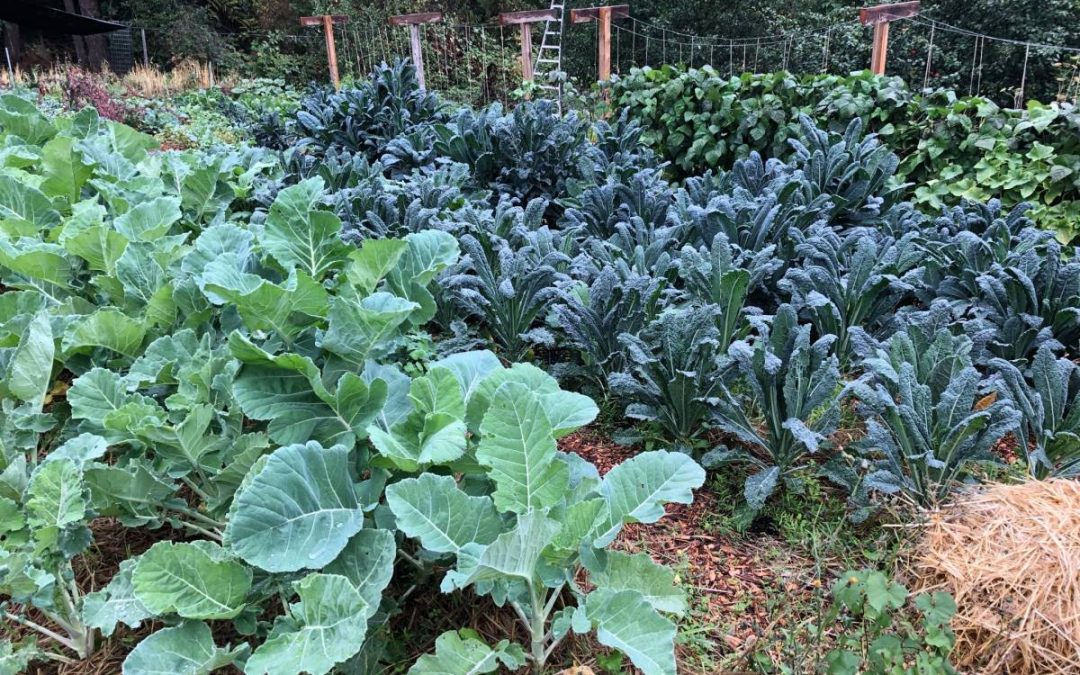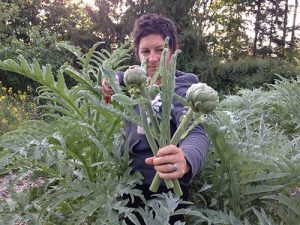Permaculture Principles and Practices: A Comprehensive Guide
Introduction
Welcome to the world of permaculture, a revolutionary approach to sustainable living and gardening that harmonizes human activities with the natural environment. At JAAN Designs, we’re passionate about permaculture and its potential to transform our relationship with the Earth. This comprehensive guide will introduce you to the core principles of permaculture, its historical roots, and practical ways to implement permaculture practices in various settings.
What is Permaculture?
Permaculture, a term coined from ‘permanent agriculture’ and ‘permanent culture,’ is an ecological design system offering a sustainable living approach. Developed in the 1970s by Australians Bill Mollison and David Holmgren, permaculture integrates land, resources, people, and the environment through mutually beneficial synergies – imitating the no-waste, closed-loop systems seen in diverse natural ecosystems.
Core Principles of Permaculture
Permaculture is guided by several key principles, each rooted in natural law and ecological wisdom:
Observe and Interact – By engaging with nature, we can design solutions that suit our particular situation.
- Catch and Store Energy – Develop systems that collect abundant resources and use them in times of need.
- Obtain a Yield – Ensure that you are getting truly useful rewards as part of your work.
- Apply Self-Regulation and Accept Feedback – We need to discourage inappropriate activity to ensure that systems can continue to function well.
- Use and Value Renewable Resources and Services – Make the best use of nature’s abundance to reduce consumption and dependence on non-renewable resources.
- Produce No Waste – By valuing and using all the resources available to us, nothing goes to waste.
- Design from Patterns to Details – By stepping back, we can observe patterns in nature and society. These can form the backbone of our designs, with the details filled in as we go.
- Integrate Rather Than Segregate – By putting the right things in the right place, relationships develop between those things and work together to support each other.
- Use Small and Slow Solutions – Small and slow systems are easier to maintain than big ones, using local resources better and producing more sustainable outcomes.
- Use and Value Diversity – Diversity reduces vulnerability to a variety of threats and takes advantage of the unique nature of the environment in which it resides.
- Use Edges and Value the Marginal – The interface between things is where the most interesting events take place. These are often the most valuable, diverse, and productive elements in the system.
- Creatively Use and Respond to Change – We can positively impact inevitable change by carefully observing and intervening at the right time.
Practical Applications of Permaculture
Permaculture is not just a theory but a practical way of living. Here are some ways you can apply permaculture principles in your own life:
- Home Garden Design: Design your garden based on permaculture principles. This includes using native plants, creating a no-dig garden, implementing a compost system, and using natural pest control methods.
- Water Management: Harvest rainwater and implement greywater systems for garden use. Design your landscape to slow, spread, and sink rainwater.
- Building Soil Health: Focus on building healthy soil through composting, mulching, and avoiding chemical fertilizers and pesticides.
- Energy Conservation: Use renewable energy sources, such as solar or wind power, and design your home for natural heating and cooling.
- Community Engagement: Share your knowledge and work with your community to develop sustainable projects, such as community gardens or local barter systems.
Permaculture in Urban and Rural Settings
Permaculture principles can be adapted to any environment, from a small urban balcony to a large rural farm. In urban areas, permaculture practices include vertical gardening, balcony composting, and using permaculture principles in community parks. In rural settings, permaculture can encompass larger-scale projects like reforestation, water catchment systems, and sustainable agriculture.
Permaculture is more than just a set of gardening techniques; it’s a philosophy for living on Earth in a harmonious and sustainable way. By understanding and applying its principles, we can create environments that are not only productive and efficient but also beautiful and nurturing. At JAAN Designs, we encourage you to explore the possibilities of permaculture and to begin the journey of creating a more sustainable and harmonious world, starting right in your own backyard.
Remember, permaculture is a journey, not a destination. Start small, observe, learn, and gradually expand your practice. Together, we can create a sustainable future, one garden at a time.



